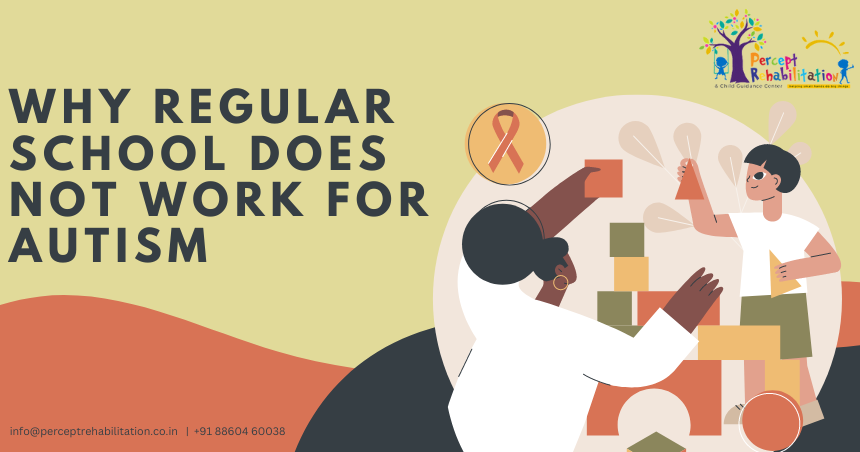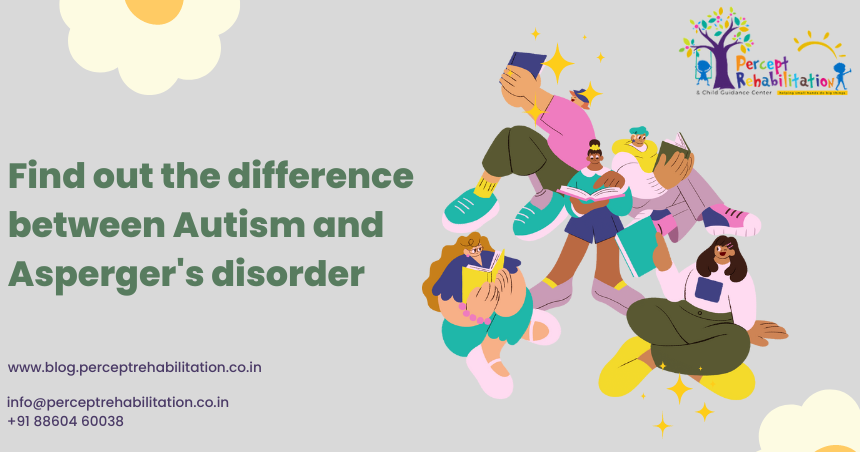For children on the autism spectrum, the regular classroom environment can be incredibly challenging. The loud noises, bright lights, constant transitions and social demands of a typical school day often overwhelm students with autism. Here’s a deeper look at why regular school frequently does not work well for these kids.
One Size Does Not Fit All
The core issue is that regular education takes a one-size-fits-all approach that does not account for the unique needs of autistic students. Autism is a spectrum disorder, meaning it affects each child differently and to varying degrees. Some may struggle with social skills, others with sensory processing issues, and still others with ritualistic or repetitive behaviours. A regular classroom provides little flexibility to adapt to such a wide range of individual needs.
Sensory Overload
Many autistic children experience sensory processing issues that make a regular classroom extremely overstimulating and uncomfortable. The bright fluorescent lights, loud sounds like ringing bells, and distracting smells and visual stimuli can easily overwhelm their heightened senses. This sensory overload often triggers anxiety, meltdowns and shutdowns that disrupt their ability to focus and learn.
Socializing is Hard
Autism fundamentally impacts social skills and the ability to read social cues. Group learning and constant social interactions are emphasized in regular school, putting tremendous pressure on autistic students. They may be unable to understand the unspoken rules of conversation, facial expressions or body language. This disconnect commonly leads to bullying, isolation and low self-esteem that interferes with academic success.
Rigidity and Routine
Autistic students tend to rely heavily on routine and predictability to feel secure. But the regular school environment is filled with disruptions, transitions between classes, fire drills, altered schedules, and unexpected events. This discontinuity and lack of sameness creates stress and anxiety. Their difficulties coping with change make it extremely hard to stay focused and engaged in an ever-shifting setting.
Conclusion:
While inclusion in a regular classroom is the ideal for socialization and normalcy, in reality, it often falls short for autistic learners. The typical environmental, social and academic demands simply do not line up well with their neurological differences. For many on the spectrum, specialized educational programs and autism support services provide a better pathway to learning and growth tailored to their unique needs.
Frequently Asked Questions (FAQs)\
Some of the biggest issues are sensory overload from bright lights, loud noises and overwhelming stimuli. The social demands of group learning and constant transitions are also extremely difficult. Autistic students thrive on routine, so the disruptions and unpredictability of a regular classroom environment is unsettling.
While additional support staff and accommodations can help, the core problem is that the regular classroom model itself is not designed for the very specific needs of autistic learners. The one-size-fits-all approach does not provide enough flexibility and individualized programming.
Inclusion and learning social skills is ideal, but many autistic children become overwhelmed, anxious, and shut down in a neurotypical classroom setting. This can actually increase их isolation and struggles with peers. Specialized autism programs may be a better option, at least initially.
Autism schools create a sensory-friendly environment and maintain rigid routines tailored precisely to autistic students’ needs. They offer individualized curricula, life skills training, transition support, social skills groups, and expertise in autism-specific teaching methods.
There is no single rule, as it depends on the individual child’s strengths, independence level, and ability to handle the demands of a regular classroom. Some autistic students can make the transition easier around 3rd-5th grade, while others may need specialized autism education through high school.


